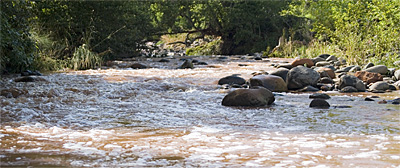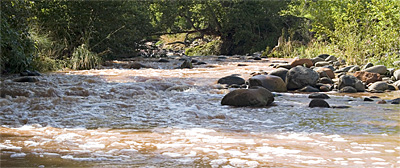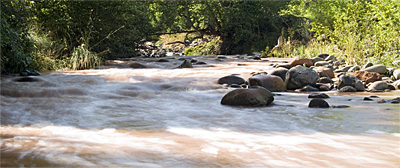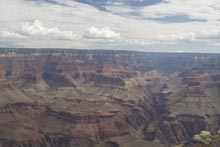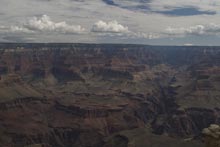This photography podcast‚focuses on creative shadow use‚and incorporating actual shadows into your photography using the sun‚and other light sources.‚Thanks so much to Cindy and Al for their superkind comments (posted in our last photography podcast #25) about our podcasting efforts. We LOVE comments and suggestions so please send more.
Links mentioned in this photography podcast:
‚- Ed‚Gordon and Peter Gordon’s work
‚- daronJ’s work on Flickr
‚- Bald Monk’s work on Flickr
‚- Photography.ca’s work (Marko Kulik — that’s me)‚on Flickr
‚- Flickr — Photo sharing website
‚- Google reader (great for organizing podcasts and blogs)
You can download this photography podcast directly by clicking the preceding link or listen to it almost immediately with the embedded player below this set of images.
‚ Beach Kiss — Marko Kulik |
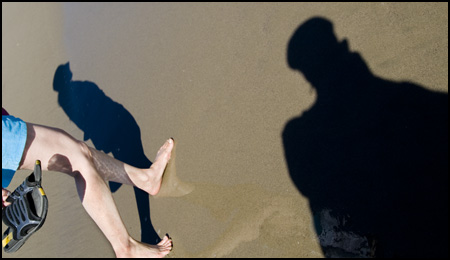 Beach Walk — Marko Kulik |
 Holding My Own — Ed Gordon |
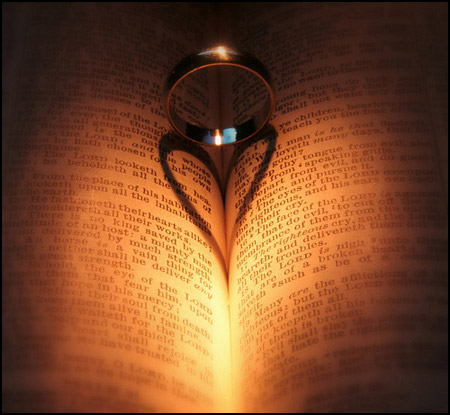 Heart Shadow by daronj — Technique — Less complicated than I suggested‚in the podcast — Thanks for sharing daronj! — “I ended up using a simple small hand held flash light at about a 45 degree angle from directly behind. That’s it.” |
 Russia in the Spotlight — by Bald Monk |
Podcast: Play in new window | Download
